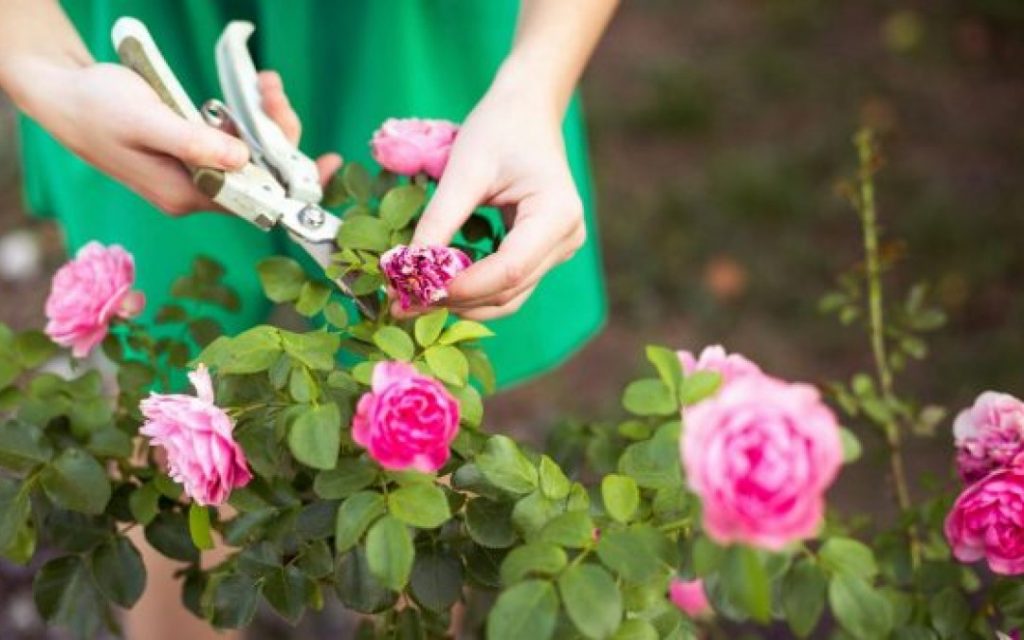Roses like other plants are susceptible to a variety of diseases that can be detrimental to their health over time. Even if it appears that your roses as beyond the point of no recovery, don’t lose hope they are also resilient. Just following these tips will make sure your plants avoid further deterioration and remain healthy.
Black Spot Disease
Symptoms: Leaves with black spot.
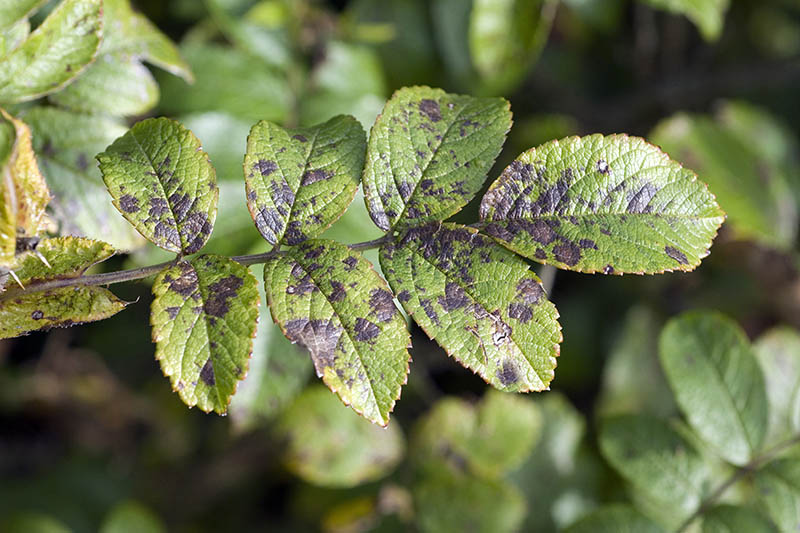
Blackspots are one of the more common fungal diseases found on roses. These spots appear in the shape of black circular blotches on the leaves. They may also cause the leaves to become yellow and if left unchecked will eventually result in deterioration to the plant.
Treatment includes: removing and discarding of all infected vegetation, applying fungicide, and avoiding overhead watering to reduce water droplets on leaves. When dealing with multiple plants be sure to sanitize tools after pruning each plant in order to prevent the spread of the disease.
Spider Mites infestation
Symptoms: Leaves and flowers that appear stunted or covered with webbing.
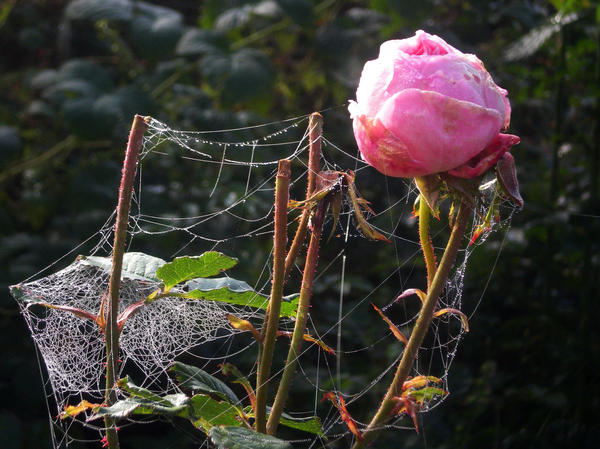
This type of symptom is normally an indication that spider mites are present. These tiny arachnids ordinarily live on the underside of leaves. Spider Mites feed by puncturing the cell of the plant in order to suck juices. An application of neem oil, horticultural oil, or insecticidal soap may help in treating this type of incursion.
Aphids infestation
Symptoms: Leaves that are mottle, weak, and have tiny insect clusters on the underside.
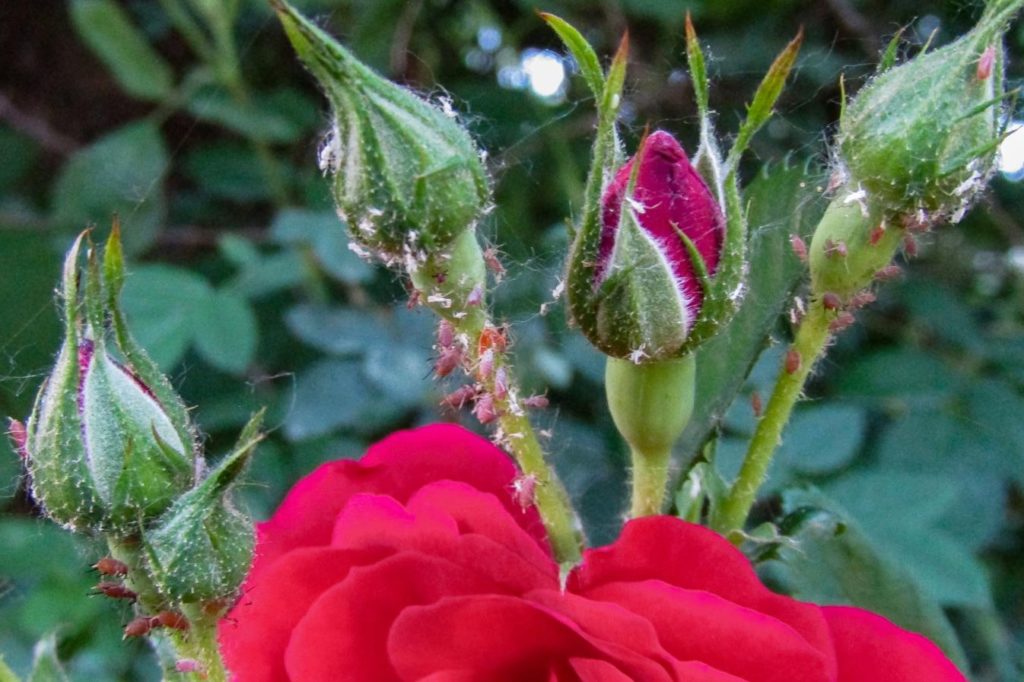
An infestation of aphids is normally the cause. These tiny soft-bodied insects usually appear green, brown, or red in color. Usually huddled below flower buds and leaves, these insects feed by sucking plant juices from buds and leaves. You can physically wash these pests off the plant by using a gardening hose, neem oil, or treating them with a homemade dish soap solution.
Powdery Mildew Disease
Symptoms: Deformed or underdeveloped young canes.
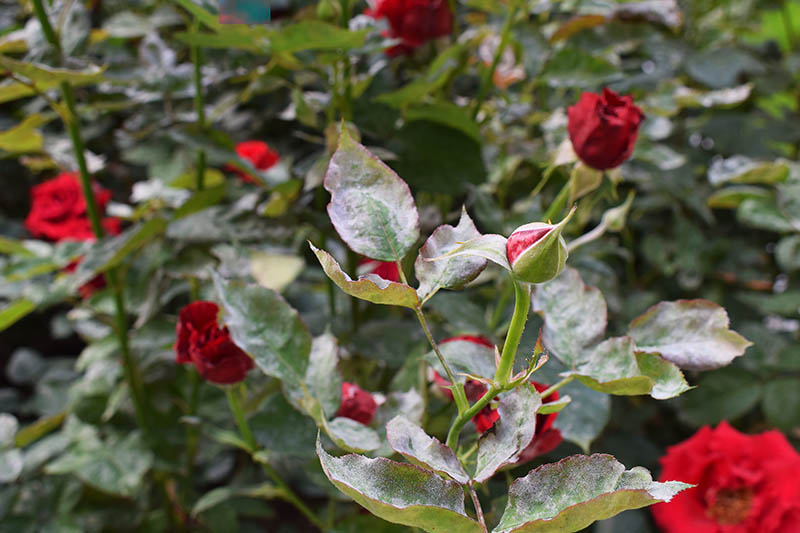
Also known as powdery mildew, this fugal disease covers, leaves, buds, and stem with a white powdery spot. If left untreated the infected leaves will prematurely wither away and fall off. Although not immediately fatal to the plant, an excess buildup may cause unnecessary stress to the plant. Applying fungicide, and proper removal of infected foliage should be adequate.
Rust Disease
Symptoms: Leaves with blisters on the underside.
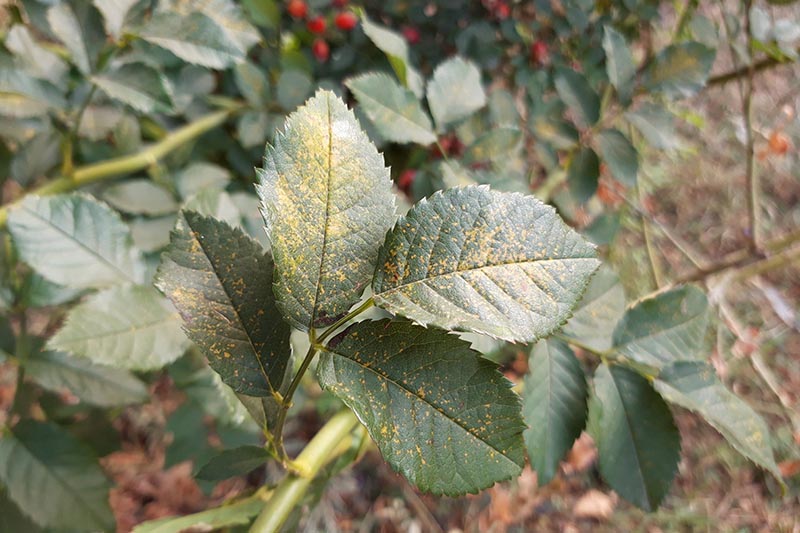
Commonly known as Rust, this fungal disease gets its name from its orange-red blister-like appearance. New sprouts in the springtime are more suitable. Like with other fungal diseases it is important to remove and dispose of visibly infected areas. Avoid moisture buildup by watering earlier during the day, avoiding overhead watering.
Thrips infestation
Symptoms: Flowers that are malformed when opened or do not open.
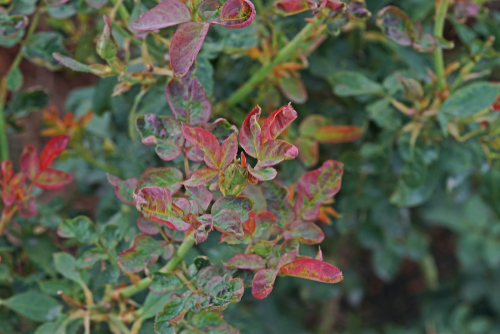
This problem could be a result of a Thrips infestation. These insects are slender bugs with fringed wings. They vary in color from translucent white or yellowish to dark black or brown. Thrips feed on plants by puncturing them by sucking up the contents from flower buds.
Remove and discard the infected portion of the flower. Natural products such as neem oil or a mild insecticidal soap can also work as a possible treatment.
A few other tips: When dealing with roses, remember to feed them properly. They require a lot of fertilizer in order to grow into a healthy plant. If you don’t like using chemicals, they are many natural homemade alternatives that are just as effective. Lastly, always remember to sanitize all tools before and after each use.

